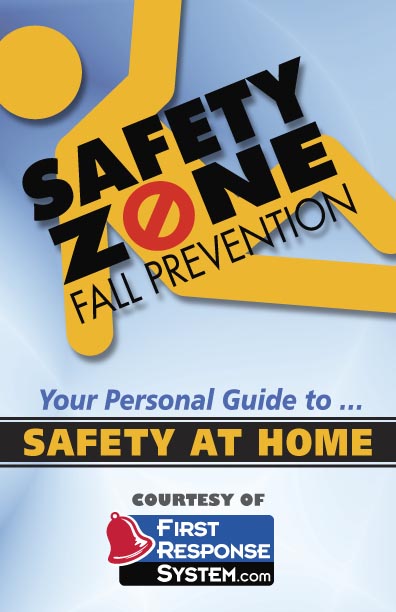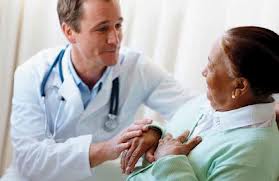Healthy lifestyle habits adopted in early adulthood build a higher peak bone mass and therefor reduce your risk of osteoporosis in later adult years. The same measures may also lower your risk of falling while improving your overall physical and mental health. This preventative approach applies to any age, as well.
 Exercise
Exercise
Regular exercise strengthens bones and improves balance. Weight-bearing exercises, such as walking or brisk walking, encourages the body to increase bone density. By increasing the body’s overall strength, this can dramatically reduce the likelihood of falling, a leading indicator to hip fractures. Commit to exercising at least 20 to 30 minutes a day on most days of the week. Start gradually and gently. Since balance deteriorates with aging, balance training and exercise will also reduce your risk to fall.
Do Not Smoke
You preserve bone density by not smoking- it’s that simple.
Avoid Excessive Alcohol Use
Excessive intake of alcohol can dramatically impair your balance thus making a fall or similar critical injury much more likely.
Home Safety Assessment
Identify home hazards that can lead to falling by taking a walk-through of each room in your house. Each room harbors home hazards specific to that environment (i.e. the bathroom is different from the living room). Basic modifications include the removal of throw rugs, clearing of pathways, remove floor clutter, position electrical cords along walls, create bright mood and task lighting, clear excess furniture, night lights and more. First Response System offers older adults and their family members with a Fall Prevention Home Safety Guide that provides simple step-by-step checklists to identify and modify these home hazards.
Annual Wellness Appointment
Schedule an Annual Wellness Exam (on your birthday-it’s easy to remember) with your primary physician and/or health care providers and specialists. Review medical history, chronic ailments, fall risk screening, gait strength and balance tests, exercise program, footwear and clothing, vision test and eye wear, supplements and medications.
Review & Manage Medications
Review all over and under-the-counter medications and dosages. Consolidate all medications to one pharmacy provider. Attach a personal medical data form to your refrigerator door and glove compartment in car.
Personal Medical Alert System
In the event of an accident or injury at home, invest in an affordable First Response at-home medical alarm system and compatible help alert button necklace or bracelet and 24/7 emergency monitoring service. Local emergency responders will arrive at the front door at the simple press of your help alert button.









 In Part 4 in our blog series on hip fractures and
In Part 4 in our blog series on hip fractures and  “I am very uneasy and have had many falls after my surgery. Ordering the First Response system was easy and I even set it up myself. I have had to use my alert button a few times so far. My daughter has even been contacted after I had taken a few falls. My First Response system has worked great each time I’ve needed it!”
“I am very uneasy and have had many falls after my surgery. Ordering the First Response system was easy and I even set it up myself. I have had to use my alert button a few times so far. My daughter has even been contacted after I had taken a few falls. My First Response system has worked great each time I’ve needed it!”